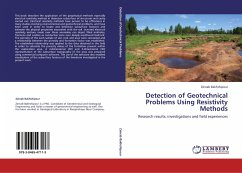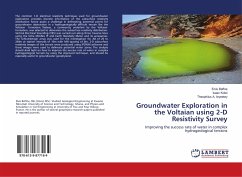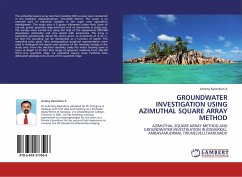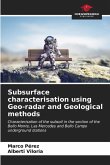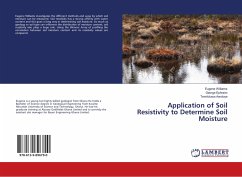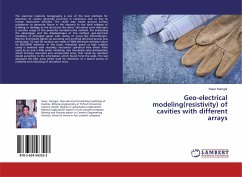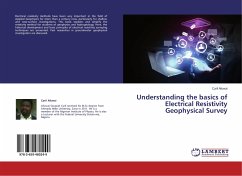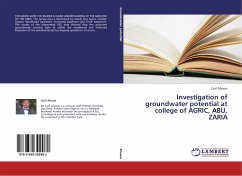This book describes the application of the geophysical methods especially electrical resistivity method in detection subsurface of structures and cavity carried out. Electrical resistivity methods have proven to be efficacious in many studies involving environmental and geotechnical problems, and have been used in order to locate and detection subsurface features and estimate the physical properties associated with the soil. Inverted electrical resistivity sections made over these anomalies can depict filled sinkholes, fractures and cavities as conductive zone over deeply weathered bedrock. The porosity of the each sample of soil, rock and area were calculated and a relationship between the porosity and formation factor was established. The established relationship was applied to the data obtained in the field in order to calculate the porosity values of the formation present within the exploration area. A 2-dimensional (2D) and 3-dimensional (3D) representation of the subsurfacetopography of the area was prepared using commercial computer software. The use of the software also enabled visualization of the subsurface features of the limestone investigated in the present work.
Bitte wählen Sie Ihr Anliegen aus.
Rechnungen
Retourenschein anfordern
Bestellstatus
Storno

